sahaj samadhi meditation
Benefits of yoga
01
improves strength, balance and flexibility
02
Improves your heart health
03
relaxes you, to help you sleep better
7 Beneficial Yoga Poses

sukhasana - to relieve stress
Sukhasana is one of the most basic yoga asanas and is suitable for yogis of all levels. The name is derived from the Sanskrit, sukha, meaning “pleasure” or “comfort,” and asana, meaning “pose.”
The pose is entered by sitting on the floor and folding the left leg until it is touching the right thigh. The right leg is then folded so that it touches the left thigh. The hands are kept on the knees and it is common for yogis to use jnana mudra or chin mudra while meditating in this pose. The spine remains erect and the breathing is normal. sahaj samadhi meditation
Cat-Cow - to Awaken the Spine and Ease Back Pain
Kneel on the floor and put your hands on the floor in front of you. Keep your hands shoulder-width apart and your knees directly below your hips. Inhale deeply while curving your lower back and bringing your head up, tilting your pelvis up like a “cow.” Exhale deeply and bring your abdomen in, arching your spine and bringing your head and pelvis down like a “cat.” Repeat several times.
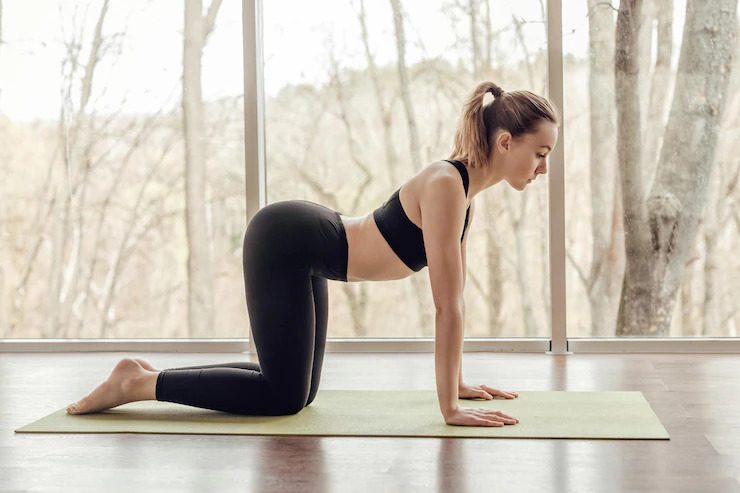
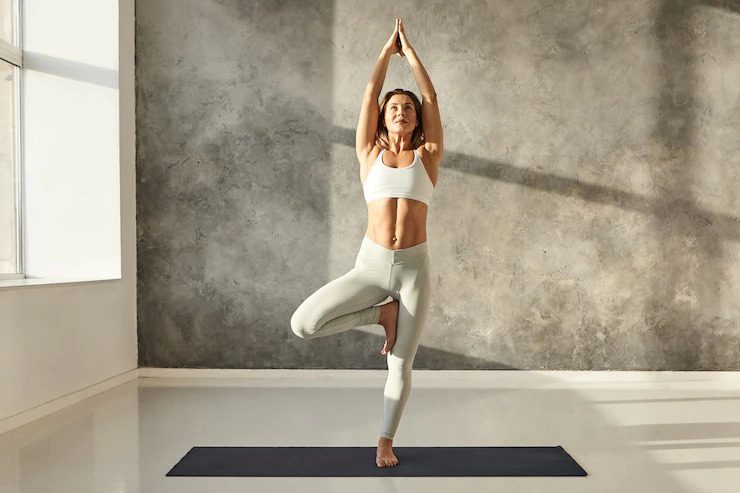
Tree Pose -To improve your Balance
Tree pose is a balancing pose that requires the yogi to stand rooted.
To enter this pose, stand on one leg with the foot of the other leg pressed against the inner thigh of the standing leg. The hands are stretched upward with the palms touching. Remain in this position for 30 seconds and repeat the same procedure on the other leg. If fully extending the arms is too difficult, the yogi can modify the pose by keeping the hands in prayer formation in front of the heart.
Downward facing Dog - To Enhance Flexibility
Downward-facing dog pose is a resting inversion pose that builds upper body strength and increases flexibility.
In this pose, the body forms an inverted “V” with the feet and hands pressing into the ground and the hips pushing to the sky. Beginners who lack the flexibility to perform the full pose may use yoga blocks or a folding chair to support their hands.
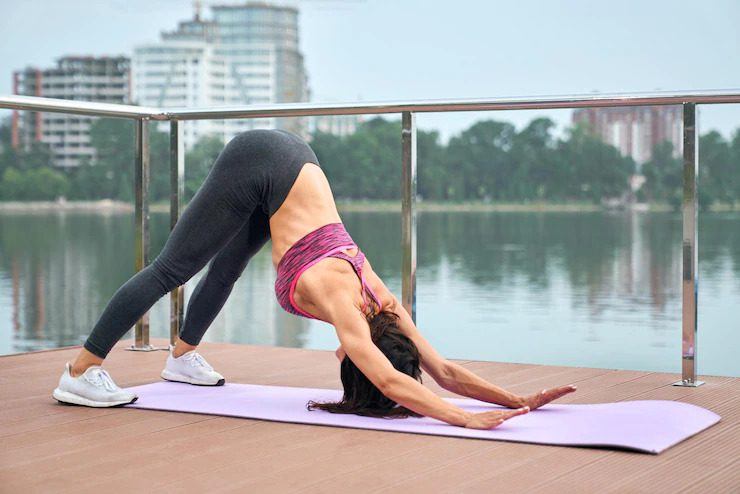
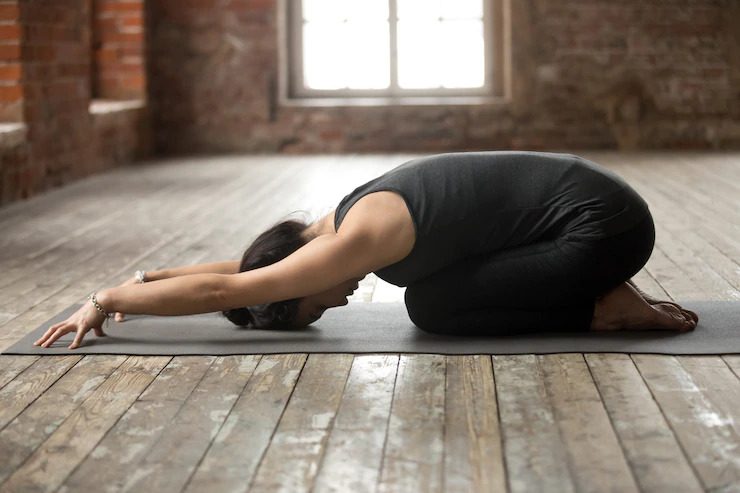
Child Pose - To help you relax and unwind
Child’s pose is a resting pose in which the yogi begins by sitting back on the heels with the knees hip-width apart and the palms on the thighs. The torso is then lowered toward the thighs while the arms stretch overhead and the forehead and palms rest on the floor. Finally, the arms are brought back to the sides, palms facing up. The practitioner should relax the shoulders and neck and breathe through the nostrils while holding the pose for one to two minutes or as long as it is comfortable.
mountain pose - To improve your posture
Mountain pose is a simple standing pose with the feet together and the body tall and strong, standing vertically upright. It is the starting pose for all other standing postures in yoga and can also be practiced on its own. It is considered to be the most basic posture of all yoga postures.
Although it is a relatively simple pose, it can help improve balance and stability as well as build strength. sahaj samadhi meditation

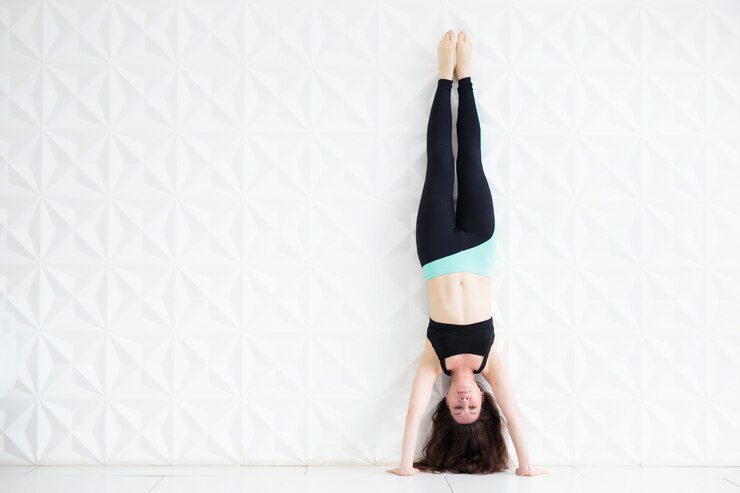
legs up the wall pose - To restore and revaltalize
The legs-up-the-wall pose is one of several yoga poses known as inversion poses. “This means that the upper body is inverted from its normal, upright position,” Dr. Saper explains. Other examples include downward-facing dog, shoulder stands and headstands.
sahaj samadhi meditation


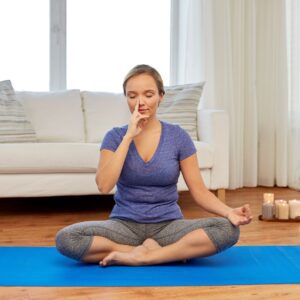
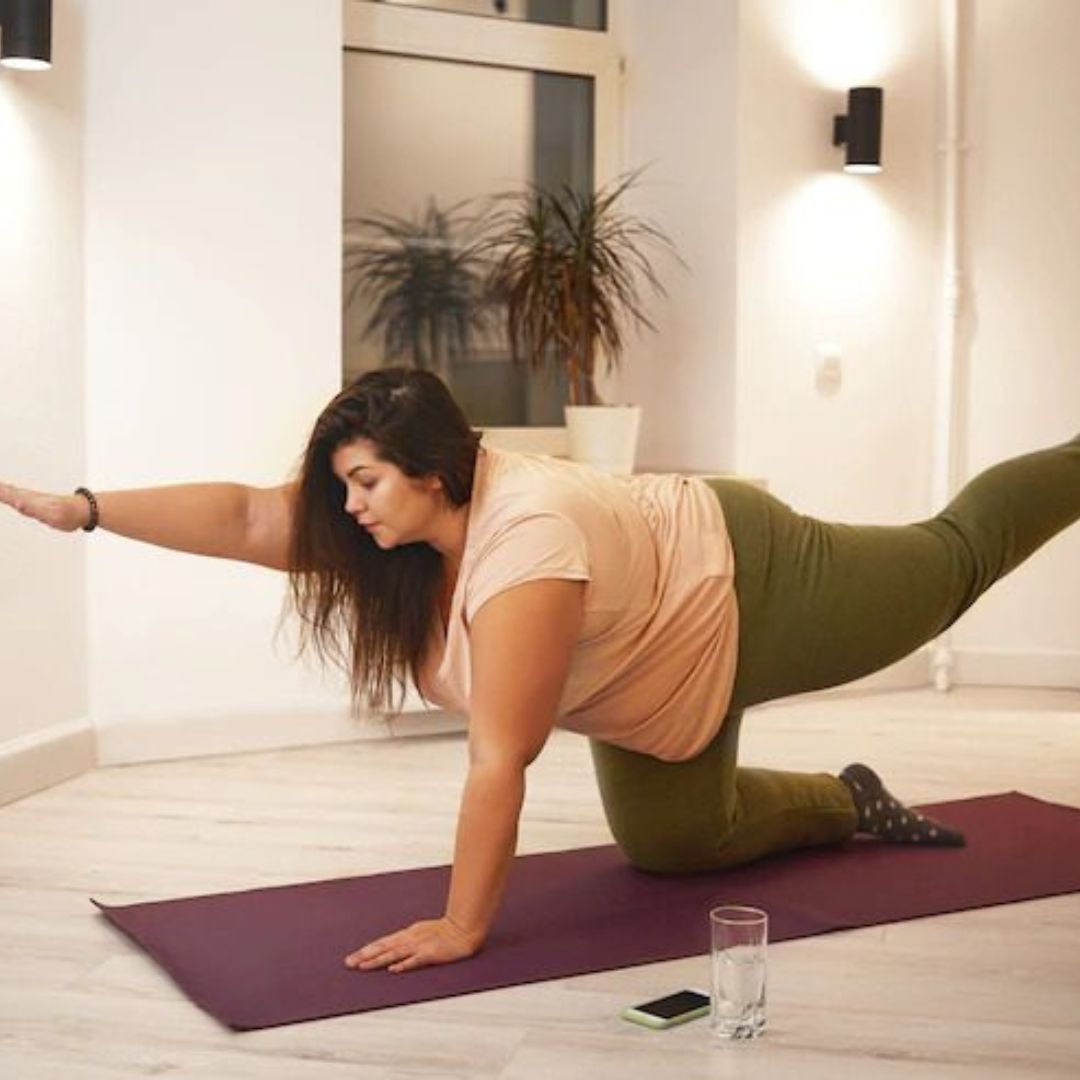
 Divine Namaskar
Divine Namaskar  I'm seeking PLR therapy. How can you assist me with this?
I'm seeking PLR therapy. How can you assist me with this?